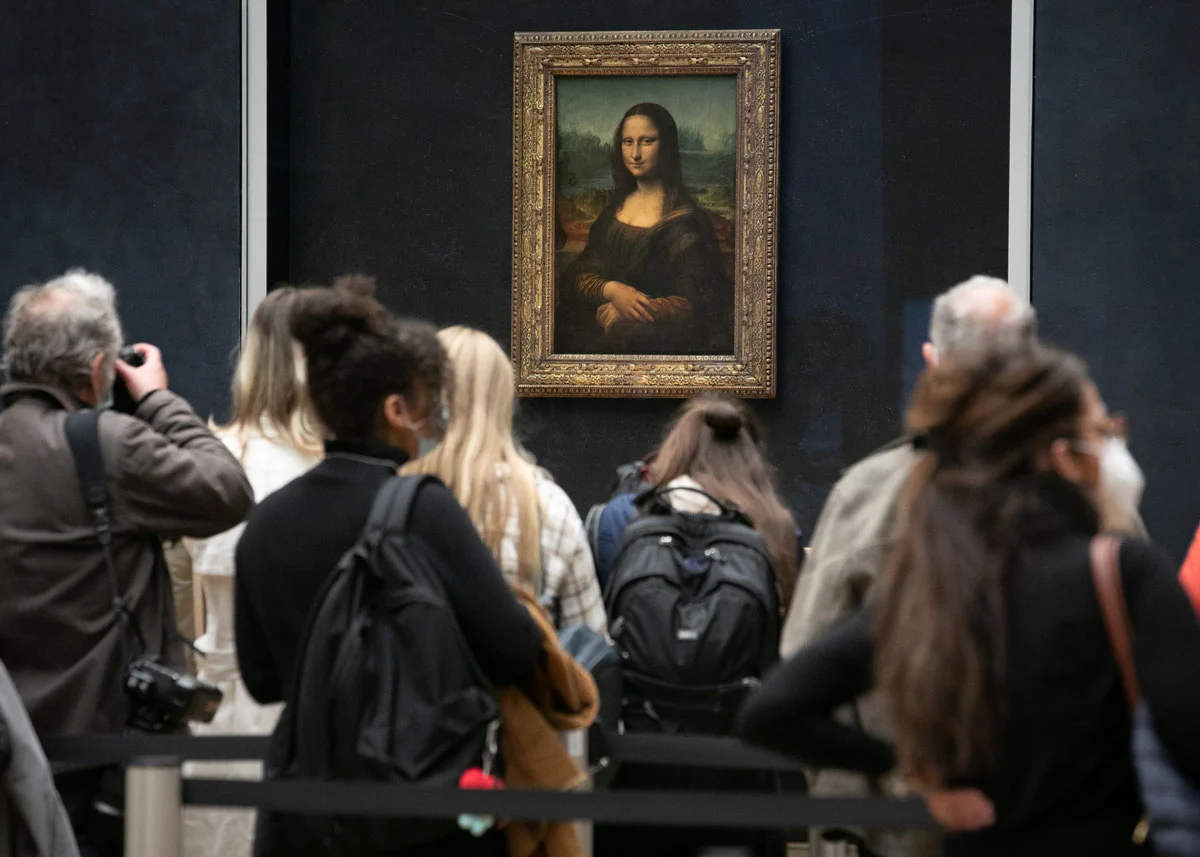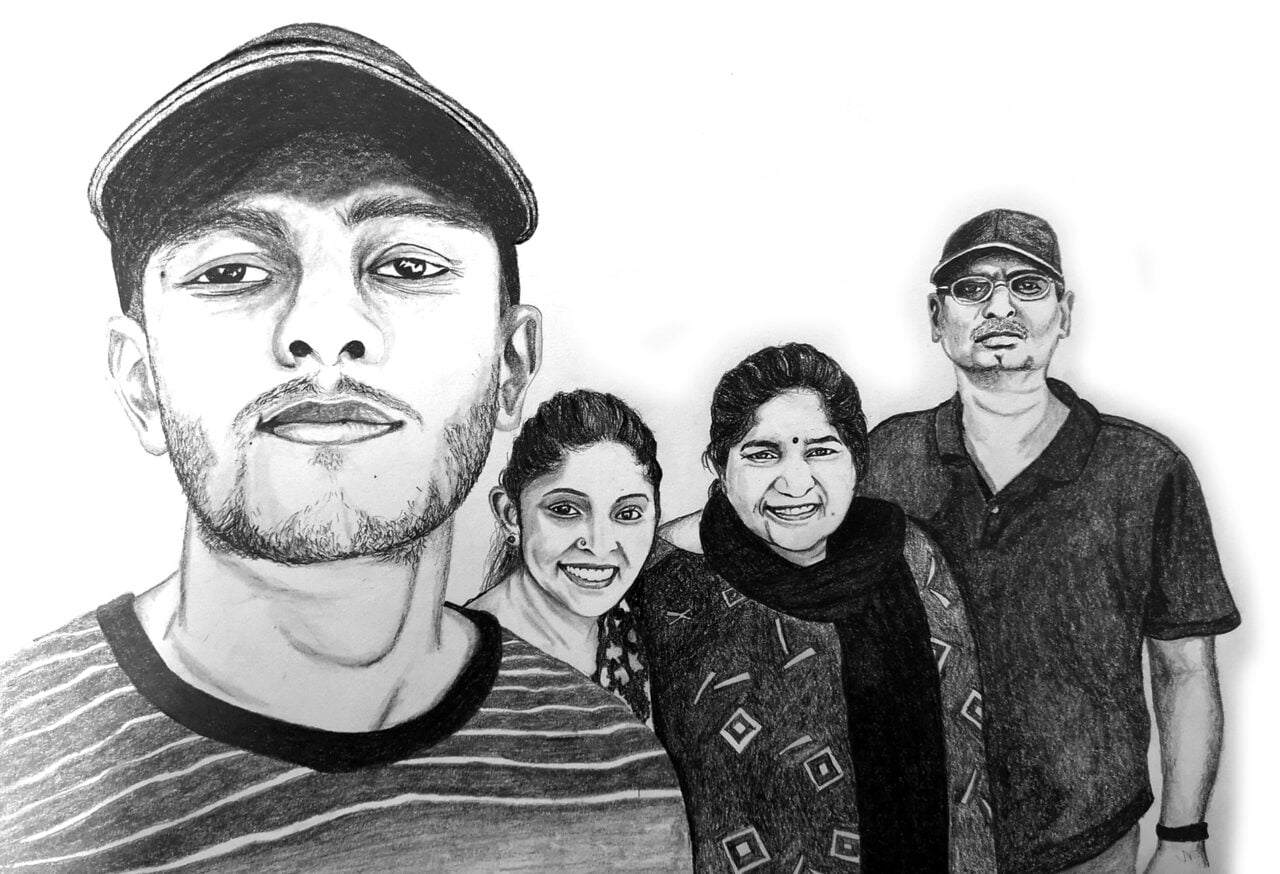

The Mystery Behind the Mona Lisa Painting
The Mona Lisa, painted by the Italian artist Leonardo da Vinci in the early 16th century, is undoubtedly one of the most famous and enigmatic works of art in history. The mesmerizing smile, the captivating gaze, and the subtle use of sfumato technique have made this portrait a timeless masterpiece that continues to intrigue art lovers and historians alike. But beyond its artistic brilliance, the Mona Lisa harbors a mysterious aura that has puzzled scholars for centuries. In this blog post, we delve into the mysteries surrounding the Mona Lisa painting and explore some of the most intriguing theories that have emerged over the years.
- The Identity of the Woman: One of the most enduring mysteries of the Mona Lisa is the identity of the woman portrayed in the painting. While most art historians believe that the subject is Lisa Gherardini, the wife of Florentine merchant Francesco del Giocondo, some have proposed alternative theories. Some believe that the painting is a self-portrait of Leonardo da Vinci himself, while others suggest that the subject might be a courtesan or an unknown woman.
- The Enigmatic Smile: The smile of the Mona Lisa is perhaps the most iconic aspect of the painting. Its subtle and enigmatic nature has sparked countless discussions and interpretations. Some experts believe that the smile is a result of Leonardo’s meticulous attention to detail, while others speculate that it may have been intentional, meant to convey a sense of mystery and allure.
- The Background Landscape: The serene and ethereal landscape in the background of the painting has also intrigued art historians. Some scholars believe that the landscape is a representation of a real place, while others suggest that it is a product of Leonardo’s imagination, a fusion of different elements from various locations.
- The Use of Symbols: Leonardo da Vinci was known for his use of symbols and hidden meanings in his artworks. Some researchers have proposed that the Mona Lisa contains various hidden symbols, including mathematical codes, astrological references, and even musical notes.
- The Theft and Vandalism: Throughout its history, the Mona Lisa has faced numerous threats, including theft and vandalism. In 1911, the painting was famously stolen from the Louvre by an Italian named Vincenzo Peruggia and was missing for two years. In 1956, a vandal threw acid at the painting, damaging the lower part of the canvas. Fortunately, both incidents resulted in the restoration of the artwork, but they added to the painting’s aura of mystery and allure.
In conclusion, the Mona Lisa continues to be shrouded in mystery, captivating art enthusiasts and historians with its enigmatic smile, uncertain identity, and hidden symbolism. The painting’s allure lies not only in its artistic brilliance but also in the unanswered questions it poses. As time goes on, new discoveries and theories may emerge, shedding further light on the enigma behind this timeless masterpiece. Until then, the Mona Lisa remains a captivating symbol of the power of art to transcend time and leave an everlasting impact on humanity.
Image from – https://www.artnews.com/art-news/news/mona-lisa-tiktok-stolen-hoax-1234653433/




Recent Comments